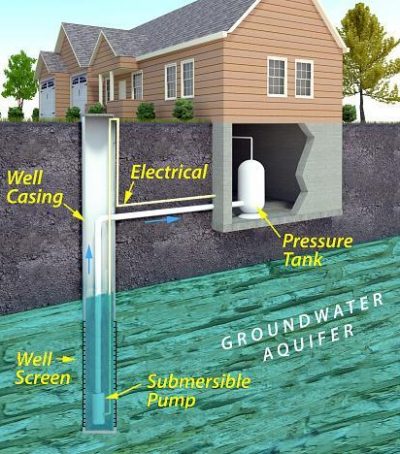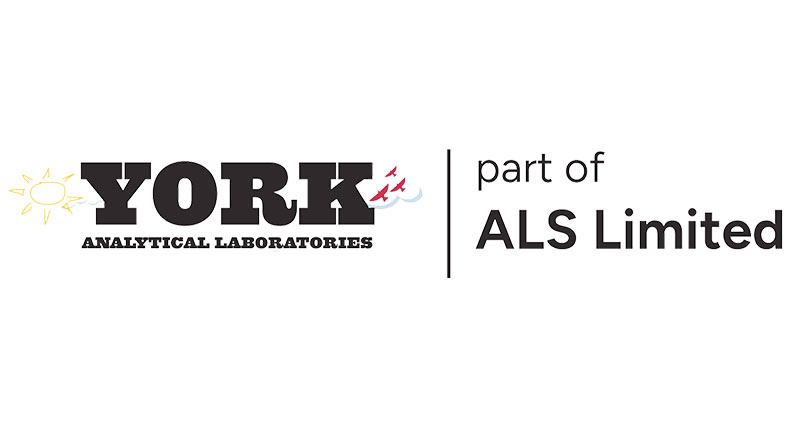
For nearly a quarter of Connecticut residents, private wells are their primary source of drinking water, which pose unique health risks. While a majority of residents get their drinking water from public water systems, even they are vulnerable to contaminants
This was particularly evident during the August “1,000 Year Storm” in the Great New York tri-state region that caused massive flooding in Connecticut, leaving many wells highly vulnerable to contamination. Even public water systems that rely on well water were compromised by floodwaters that introduced harmful substances like E. coli, lead, PFAS, arsenic and nitrates into groundwater, putting families at risk.
Even under normal conditions, contaminants often go unnoticed because well water isn’t subject to the same regulations as public water systems. It’s up to homeowners to ensure their water is safe. Regular testing and proactive solutions are key to identifying and addressing these risks.
Understanding Lead, E. coli and PFAS Contamination
- E.coli and Microbial Contamination
E.coli is a type of bacteria commonly found in animal and human waste. Flooding is a leading cause of bacterial contamination in wells, with E. coli, nitrates and pesticides being the most common culprits. Shallow or older wells, especially those less than 50 feet deep or over 40 years old, are more susceptible to contamination. During the August floods, runoff from farms, septic systems, and other waste sources likely infiltrated wells across the state.
Consuming water contaminated with E. coli can cause gastrointestinal illnesses, including diarrhea, nausea, and cramps. Vulnerable groups, such as infants, the elderly, and individuals with weakened immune systems, face heightened risks. Consuming water elevated nitrate levels in drinking water can cause health issues, particularly in infants.
Lead in Well Water
Lead contamination in well water typically stems from corroded pipes or older plumbing systems. The flooding in August further heightened concerns, as floodwaters can disturb sediments containing lead. This metal is dangerous even in small amounts, especially for children and pregnant women, as it can cause developmental delays, neurological problems, and kidney damage. Even low levels of lead can accumulate in the body over time, increasing long-term health risks.
PFAS: the “Forever Chemicals”
PFAS, or per- and polyfluoroalkyl substances, are a significant and rapidly growing concern. These chemicals are used in products like non-stick cookware, firefighting foam, stain- and water-resistant clothing, fast food packaging, event cosmetics. Once in the groundwater, these odorless and tasteless contaminants persist for decades, earning them the nickname “forever chemicals.”
The health risks of consumption of drinking water with PFAS include including cancer, hormone disruption, immune system suppression, and reproductive issues. After the flooding, concerns about PFAS contamination have risen in areas with groundwater near manufacturing sites, airports, military bases, and wherever firefighting foams have been used.
Steps to Protect Your Well Water
- Regular Testing for Lead, E. coli, and PFAS and other major contaminants
Routine testing is the first step to ensuring your water’s safety:
- Test annually for bacteria, including E. coli.
- Screen for heavy metals like lead every 3-5 years or after plumbing updates.
- Test for PFAS, especially if you’re in a high-risk area or have concerns after flooding.
- Maintain Your Well and Surrounding Environment
Proper maintenance can prevent many common problems:
- Inspect your well for cracks or other vulnerabilities, especially after extreme weather events like the August floods.
- Ensure your well cap is secure and debris-free.
- Keep potential contaminants, such as fertilizers and chemicals, far from your well.
- Invest in Water Treatment Solutions
If testing identifies contaminants, water treatment systems can provide peace of mind. Solutions like reverse osmosis systems and granular activated carbon filters effectively remove lead, E. coli, and PFAS, ensuring your family has access to safe drinking water.
Protect Your Family’s Water – Private Well Water Testing Connecticut
If you rely on a private well for your drinking water, you know how important it is to feel confident about what’s coming out of your tap. With recent events like the August flooding in Connecticut, which compromised the safety of many wells, it’s more critical than ever to ensure your water is safe. Flooding can introduce harmful contaminants like E. coli, lead, and PFAS into your well water, putting your family’s health at risk.
Testing your well isn’t just about peace of mind—it’s about protecting the people you care about most. At our well water testing laboratories in Connecticut, we make the process simple and easy for homeowners to ensure their water is clean and safe.
Whether you’re concerned about flooding impacts or just want to stay proactive, we provide fast, reliable and accurate testing and expert advice.
Learn more about drinking water testing in Connecticut, New York & New Jersey and schedule your test to get the answers you need to protect your family. Clean, safe water starts with a single step—let us help you take it!
##
More Resources
CT General Assembly Research Report on Private Wells
https://www.cga.ct.gov/2016/rpt/2016-R-0263.htm?utm_source=chatgpt.com
CT Department of Health Portal for Private Well Resources





